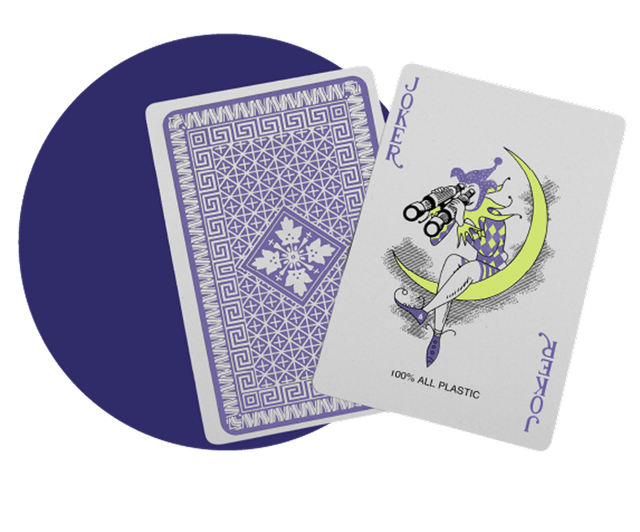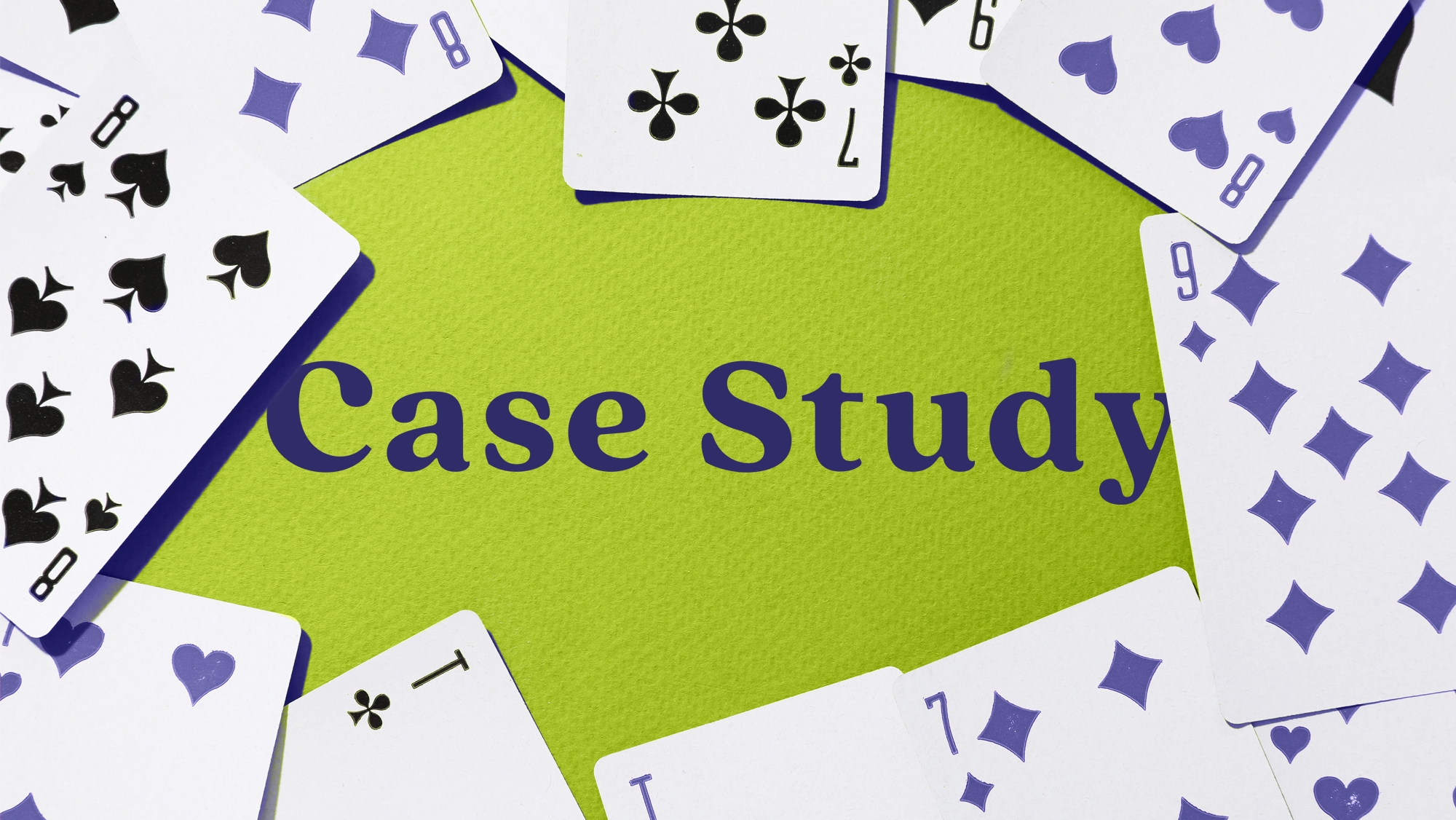
AI and the Retail Marketer’s Future
How AI transforms strategy and processes, driving the adoption of Positionless Marketing
Exclusive Forrester Report on AI in Marketing

Optimove’s Science-First Relationship Marketing Hub enables marketers to segment their customers according to multiple data layers. Accessing a clear view of the different customer personas making up the brand’s customer base is a first and crucial step for channeling the most effective communications to each group based on its past and projected preferences, behavior and value. To get a better idea of the customer segments hiding in your database, here are some examples:
One Timers are customers who weren’t satisfied with their purchase experience and didn’t return to the site. They require relatively aggressive campaigns to “repair” the bad experience they had and to encourage them to try again. High Potential are the ones who make more purchases and bring in more revenue while still in their New lifecycle stage, compared to other New Customers. To ensure that they fulfill their potential, these customers need careful nurturing and special attention.
Active e-commerce customers with frequent returns tend to be more valuable on average than customers with no returns. This may be counterintuitive to many e-commerce marketers, but these customers are often more engaged than their counterparts. For example, these customers often make returns because they’ve purchased more than one item in different sizes, knowing in advance that they will return one or more of their purchases.
E-commerce customers who order more items in their first order tend to be more likely to return and place a second order. Marketers might want to try to upsell to customers during their first order to encourage them to pass this threshold.
Within the Churn lifecycle stage, it is worthwhile to consider the level of engagement before the customer became inactive. Quick-churn customers, or those who disappear after a single purchase, may churn due to a negative customer experience. These customers can be the hardest to re-engage, and marketers may need to offer very aggressive incentives in order to get them to re-engage. Late-churn customers, on the other hand, have a deeper relationship with the brand and can more easily be stimulated to re-engage.
E-commerce customers who are interested in an item often add it to their shopping cart only to abandon the cart, never to check out. One of the top reasons for cart abandonment is that the shopper is presented with unexpected add-on costs. Marketers can address this behavior by sending real-time campaigns to shoppers, offering them less expensive alternative items, free shipping etc.
Optimove offers far more robust and nuanced segmentation capabilities. To get an idea of the customer groups you’ll be able to uncover and see how they can drive your ROI, schedule a demo today!
Exclusive Forrester Report on AI in Marketing
In this proprietary Forrester report, learn how global marketers use AI and Positionless Marketing to streamline workflows and increase relevance.


Moshe Demri leads Optimove’s global revenue team and is focused on helping clients optimize their customer retention plans and their use of the Optimove software. Moshe has vast experience consulting clients as a data scientist, analyzing their customer data and revealing actionable, data-driven marketing insights.
Moshe holds a BSc in Industrial Engineering and Management, specializing in Information Systems.


